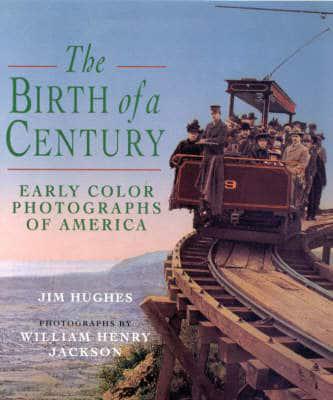Publisher's Synopsis
In 1897, the American photographer and adventurer William Henry Jackson, after having spent three decades documenting the development of the North American frontier, sold his archive of photographic negatives, to the Detroit Photographic Company, which he also joined as a partner. The Detroit firm had recently licensed Photochrom, a secret Swiss process for turning black-and-white photographs into colour. Completely distinct from today's four colour halftone-screen reproduction, Photochrom involved the use of a dozen or more asphalt-coated lithographic stones; it was a labour intensive process whose results could be superior to original colour prints using modern materials. W.H. Jackson devoted his next, and last, five years of active photography to Photochrom. He travelled the length and breadth of North America, often in a specially equipped railroad car, in search of images that might tell the story of the end of one epoch and the dawning of another.;The chromolithographs in this volume were selected from a previously undiscovered cache of uncirculated views. There is an accompanying text by Jim Hughes.







